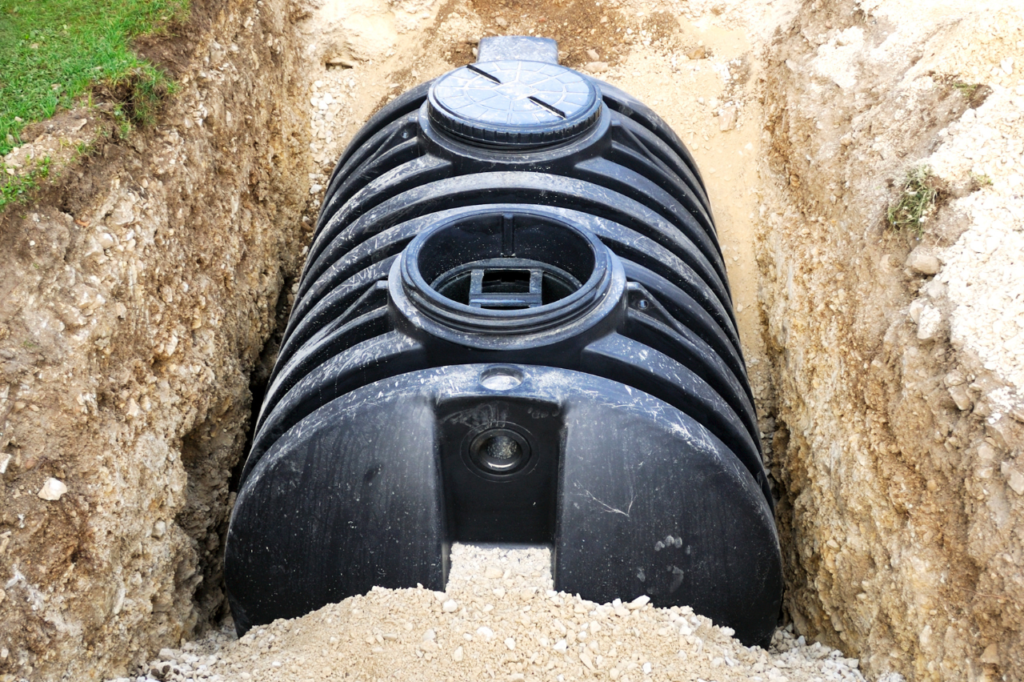Installing a septic tank can be a complex and potentially dangerous process, but it doesn’t have to be. With the right plans, permits, and safety equipment, you can successfully install your own septic tank with confidence. Learn the steps involved in a successful septic tank installation today.
Table of Contents
ToggleEducate Yourself on Septic Systems
Before attempting to install your septic tank, it’s important to be informed on the basics of a septic system. Learn about their different components such as the leach field, drain pipes, and tank, as well as their purpose in protecting groundwater from pollutants like bacteria and chemicals. Get informed about the local soil types, drainage and rock layer conditions to make sure your system is installed correctly. Additionally, research some information about the laws in your area so you know all the requirements for installing a septic tank.
Choose a System Appropriate for Your Home’s Needs
It’s important to choose a septic system that is appropriate for your home’s needs. Take into account the size of your household, how many bathrooms you need to service, and drainage conditions around the property. Different regions may require different types of systems as some stricter standards may be in place. Make sure to research what type of system is required for your area so you can comply with local regulations. Additionally, look through different designs and systems available in order to determine which will best serve your needs.
Acquire Necessary Permits and Other Documents
Installing a septic system requires acquiring permits and other documents from your local health department. Local regulations may require different documents depending on the location, so make sure to speak with a local expert for details about the paperwork your region requires. Additionally, you may be required to hire an experienced septic tank installer to complete the installation due to building codes in some areas. Make sure you check all local laws before starting any work.
Perform Pre-Installation Inspection of Property
Before the installation process can begin, you need to have an assessor inspect your property. This is to make sure your septic system will work correctly and won’t damage your home’s foundation. The assessor will check for obstacles such as large roots, rocks, or wetlands that could cause complications during the installation process. Depending on the local regulations in your area, you may need to hire a licensed septic installer to conduct this inspection before starting any other work.
Be Mindful of Rules and Regulations During Installation Process
During the installation process, it is important to abide by all rules and regulations set in place by your local government. Depending on the state you live in, you may need a permit for septic tank installation. Make sure to check with your local office before starting any work as you could face hefty fines or costly delays if these regulations aren’t followed properly.

